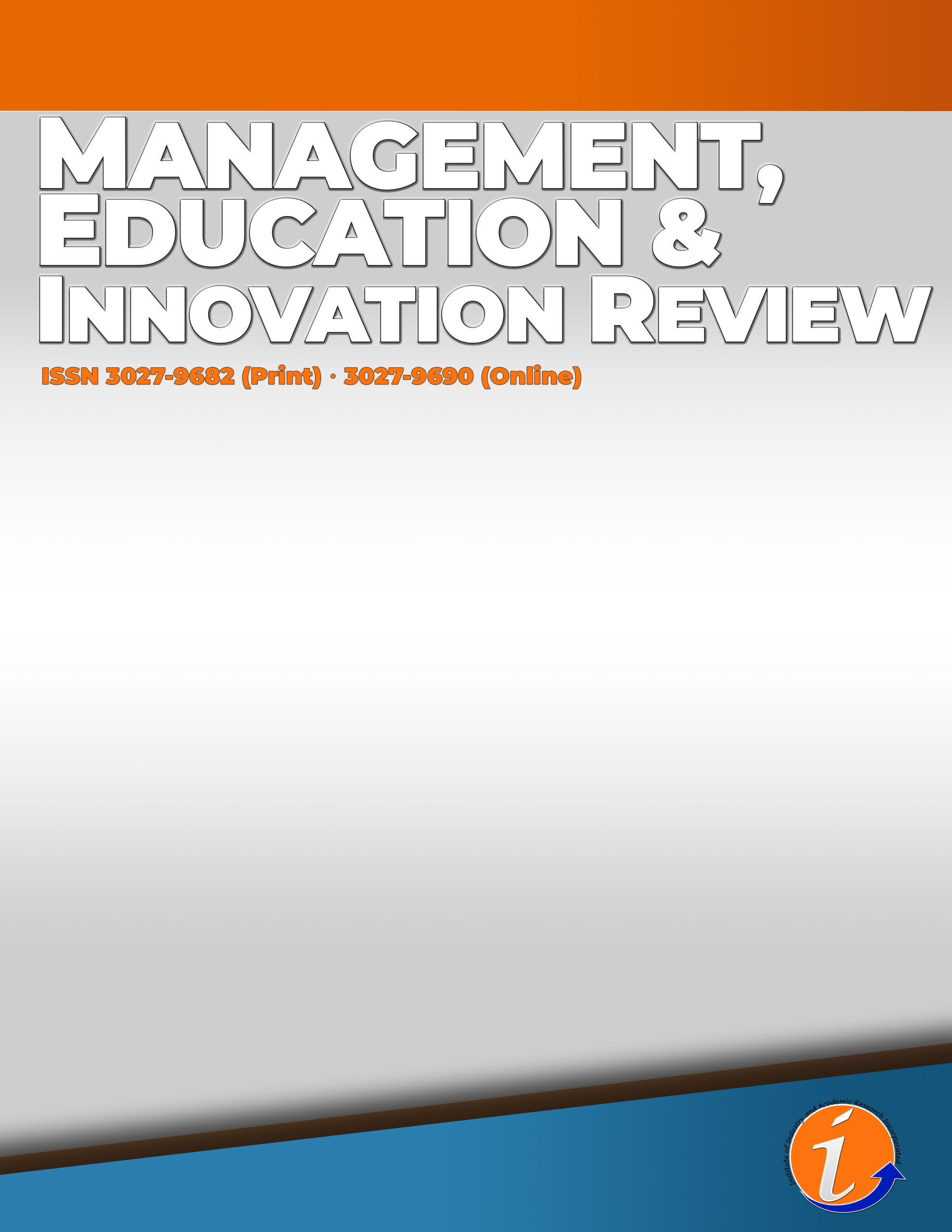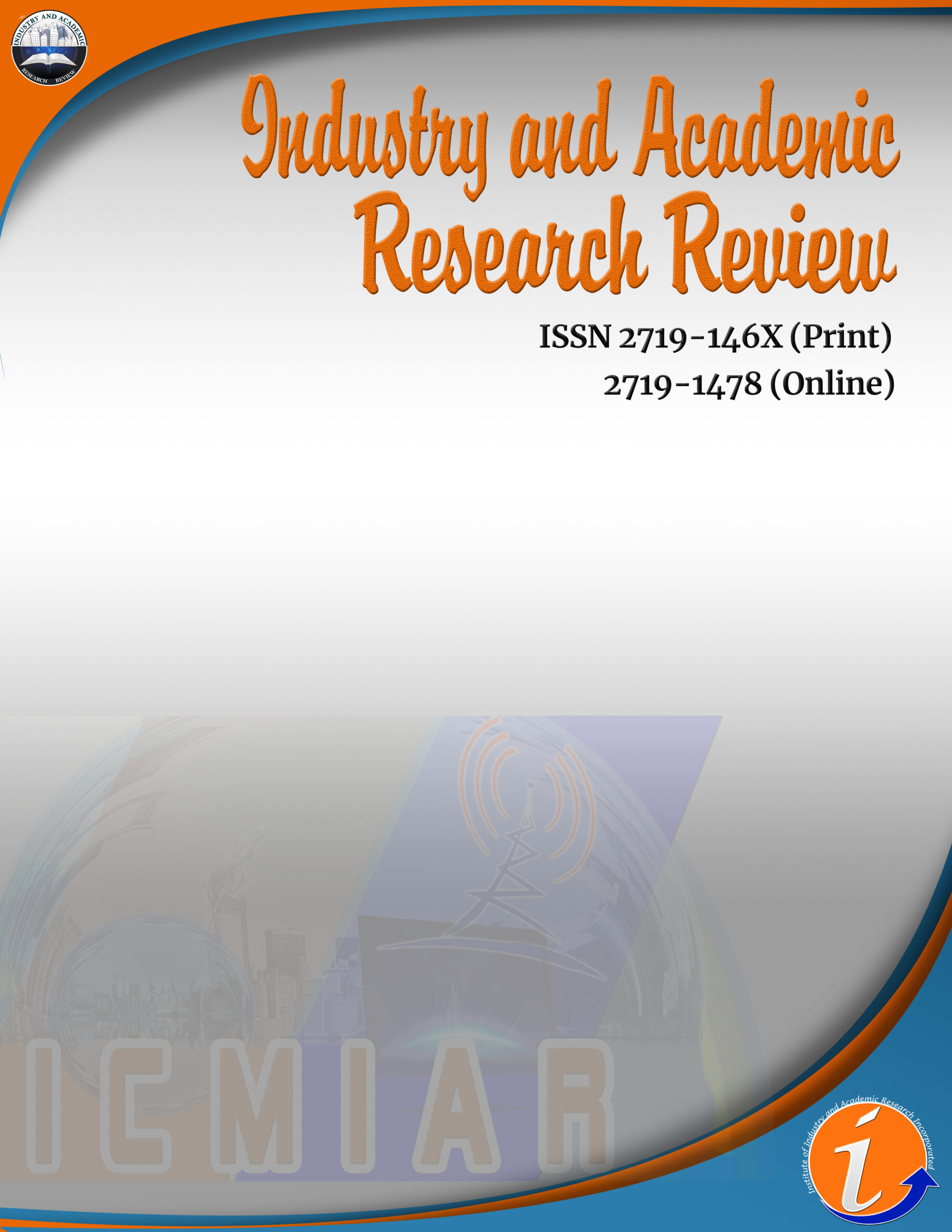This paper explores the significance of inflation accounting in adjusting financial statements to account for the impact of inflation on the economy. It examines the restatement of balance sheets and income statements, and it discusses the limitations of historical cost using price indices to reflect changes in the value of monetary and non-monetary assets and liabilities. By considering the erosion of the purchasing power of money and the appreciation of non-monetary assets, inflation accounting provides a more precise illustration of a company's financial position, performance, and cash flows. The constant purchasing power Accounting (CPPA) method is highlighted as a useful technique to address the limitations of historical cost accounting in inflationary environments. However, the application of inflation accounting varies across countries and depends on economic and regulatory factors. The paper suggests the need for further research to investigate the implications of inflation accounting on different industries, economies, and financial reporting frameworks. It emphasizes the ongoing relevance and discussion surrounding inflation accounting methods and their implementation in practice, aiming to provide stakeholders with a better understanding of financial performance in inflationary contexts.
Inflation accounting, constant purchasing power accounting, financial statements, price index
License:
![]()
This work is licensed under a Creative Commons Attribution (CC BY 4.0) International License.







